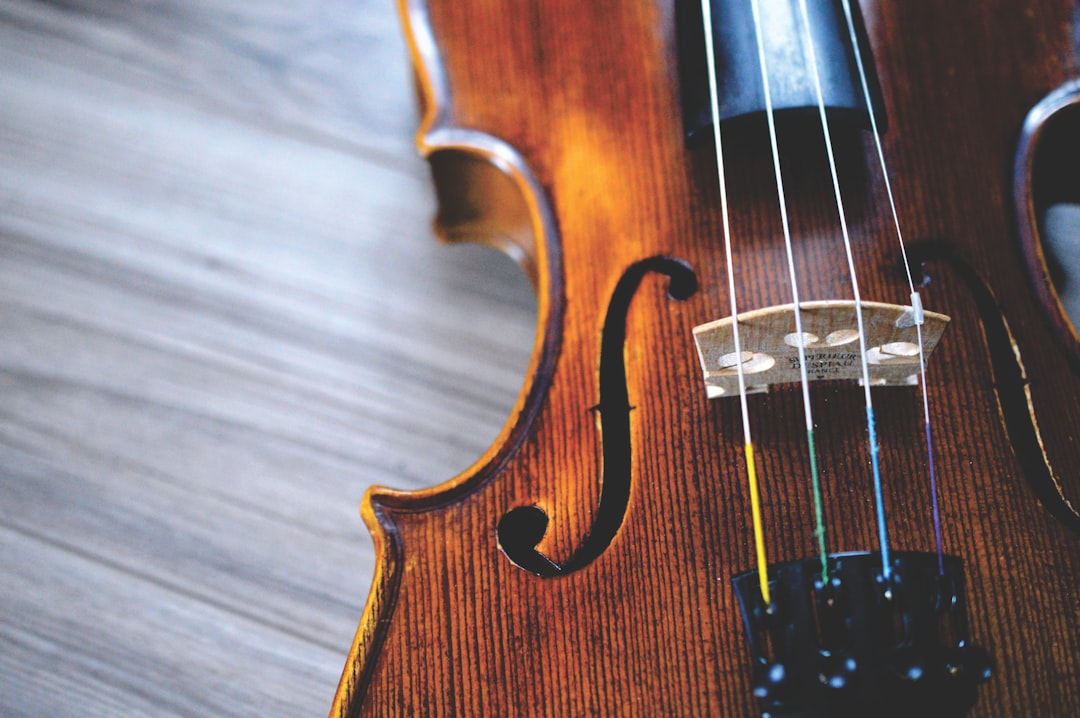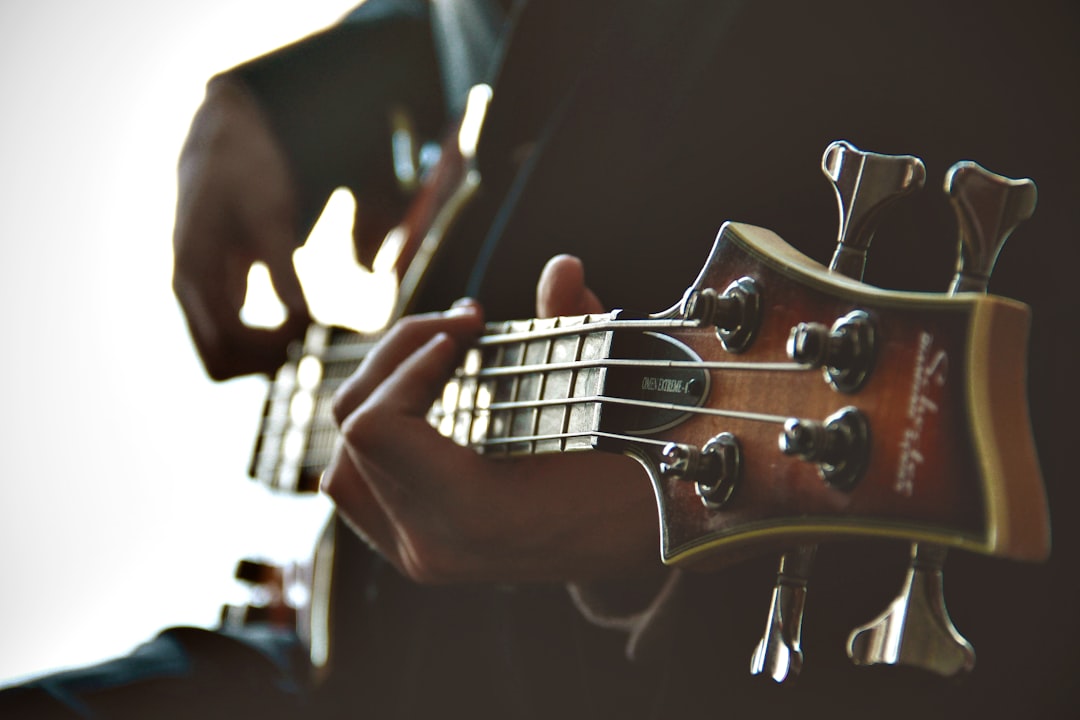Support our educational content for free when you purchase through links on our site. Learn more
Why is Synth Pop So Good? [2024] 🎹
Quick Answer: Synth pop is a captivating music genre that combines the mesmerizing sounds of synthesizers, catchy melodies, and innovative production techniques. It emerged in the late 1970s and gained popularity in the 1980s, with artists like Depeche Mode, Eurythmics, and The Human League dominating the charts. Synth pop’s unique blend of electronic and pop elements creates a sound that is both futuristic and nostalgic, making it irresistible to music lovers around the world.
Have you ever found yourself tapping your foot and humming along to a catchy synth pop tune? Or maybe you’ve felt an inexplicable connection to the mesmerizing sounds of synthesizers? If so, you’re not alone! Synth pop has captured the hearts of music enthusiasts worldwide with its captivating melodies, innovative production techniques, and distinctive blend of electronic and pop elements. In this article, we’ll dive deep into the world of synth pop, exploring its history, characteristics, influence, and why it’s so darn good! So, grab your headphones and let’s embark on a sonic journey through the captivating realm of synth pop! 🎧
Table of Contents
- Quick Answer
- Quick Tips and Facts
- Background: The Rise of Synth Pop
- Characteristics: What Makes Synth Pop Unique
- The Evolution of Synth Pop
- Influence and Legacy: Shaping the Music Landscape
- Synth Pop Artists: Pioneers and Innovators
- FAQ
- Conclusion
- Recommended Links
- Reference Links
Quick Answer
Synth pop is a captivating music genre that combines the mesmerizing sounds of synthesizers, catchy melodies, and innovative production techniques. It emerged in the late 1970s and gained popularity in the 1980s, with artists like Depeche Mode, Eurythmics, and The Human League dominating the charts. Synth pop’s unique blend of electronic and pop elements creates a sound that is both futuristic and nostalgic, making it irresistible to music lovers around the world.
👉 CHECK PRICE on: Synth Pop Music | Synth Pop Artists | Synthesizers | Drum Machines
Quick Tips and Facts
- Synth pop originated in the late 1970s and gained prominence in the early 1980s.
- The genre is characterized by the use of synthesizers, drum machines, and sequencers.
- Synth pop artists like Depeche Mode, Eurythmics, and The Human League achieved commercial success in the early 1980s.
- The genre influenced subsequent music genres like house music and Detroit techno.
- Synth pop continues to experience revivals and commercial success in the 2000s.
Background: The Rise of Synth Pop

In the late 1970s, a musical revolution was brewing. As technology advanced, synthesizers became more accessible and affordable, revolutionizing the music industry. Synth pop emerged as a genre that embraced this new wave of electronic sound. Combining the innovative use of synthesizers, drum machines, and sequencers, synth pop created a unique sonic landscape that captivated listeners.
Synth pop originated in both Japan and the UK as part of the new wave movement. Artists like Kraftwerk, Yellow Magic Orchestra, and Gary Numan paved the way for the genre’s rise to prominence. These early synth pop pioneers experimented with the eerie and minimalist qualities of synthesizers, often focusing on themes of isolation and urban anomie.
Characteristics: What Makes Synth Pop Unique
Synth pop’s distinctive sound is characterized by its primary use of synthesizers, drum machines, and sequencers, often replacing traditional instruments. The genre’s fusion of electronic and pop elements creates a captivating sonic experience that is both futuristic and nostalgic.
✅ Characteristics of Synth Pop:
- Catchy melodies: Synth pop is known for its infectious and memorable melodies that get stuck in your head for days.
- Innovative production techniques: Synth pop artists pushed the boundaries of music production, experimenting with new sounds and effects.
- Use of synthesizers: Synthesizers are the backbone of synth pop, creating rich and textured sounds that define the genre.
- Electronic beats: Drum machines and sequencers provide the rhythmic foundation of synth pop, creating irresistible dance beats.
- Emotional lyrics: Synth pop often explores themes of love, longing, and introspection, creating a deep emotional connection with listeners.
The Evolution of Synth Pop
As the 1980s dawned, synth pop evolved and incorporated dance beats and more conventional rock instrumentation. This evolution resulted in a warmer and catchier sound that appealed to a broader audience. Key artists and bands like Depeche Mode, Eurythmics, and The Human League dominated the charts, bringing synth pop into the mainstream.
The genre’s popularity was further boosted by the emergence of MTV and the Second British Invasion in the US. Synth pop music videos became a visual feast, showcasing the artists’ unique style and adding another layer of creativity to their music.
Influence and Legacy: Shaping the Music Landscape
Synth pop’s influence extends far beyond its initial rise to prominence. The genre played a significant role in shaping subsequent music genres, including house music and Detroit techno. Its innovative use of synthesizers and electronic beats laid the foundation for the electronic music revolution that followed.
Even today, synth pop continues to experience periodic revivals and commercial success. Artists like CHVRCHES, The Weeknd, and Robyn have embraced the genre’s sound and incorporated it into their own music, adding a modern twist to the classic synth pop formula.
Synth Pop Artists: Pioneers and Innovators
Synth pop has been shaped by a diverse range of artists who pushed the boundaries of music and created timeless classics. Let’s take a look at some of the pioneers and innovators who have left an indelible mark on the genre:
✅ Key Synth Pop Artists:
- Depeche Mode: Known for their dark and brooding synth pop sound, Depeche Mode has been a driving force in the genre since the early 1980s.
- Eurythmics: Annie Lennox and Dave Stewart’s iconic duo brought a unique blend of pop and new wave to the synth pop scene, creating unforgettable hits like “Sweet Dreams (Are Made of This).”
- The Human League: With their catchy melodies and infectious hooks, The Human League became one of the most successful synth pop bands of the 1980s.
- New Order: Blending post-punk and synth pop, New Order created a sound that was both melancholic and danceable, leaving a lasting impact on the genre.
- Pet Shop Boys: Known for their flamboyant style and clever lyrics, the Pet Shop Boys brought a pop sensibility to synth pop, creating chart-topping hits like “West End Girls.”
FAQ

Why was synth-pop so popular?
Synth pop’s popularity can be attributed to its unique sound and the cultural climate of the time. The genre emerged during a period of technological advancement, with synthesizers becoming more accessible and affordable. The catchy melodies, innovative production techniques, and emotional lyrics of synth pop resonated with listeners, making it a commercial success.
Read more about “Why is Synthwave So Popular? …”
Why do synthesizers sound so good?
Synthesizers sound so good because they offer a wide range of sonic possibilities. They can create rich and textured sounds that traditional instruments cannot replicate. Synthesizers allow artists to experiment with different waveforms, filters, and modulation techniques, resulting in unique and captivating sounds.
Why do I love synth music?
People love synth music for various reasons. The genre’s catchy melodies, infectious beats, and innovative production techniques create a captivating sonic experience. Synth music often evokes a sense of nostalgia while also sounding futuristic, making it appealing to a wide range of listeners.
What does synth-pop sound like?
Synth pop sounds like a fusion of electronic and pop elements. It is characterized by catchy melodies, electronic beats, and the prominent use of synthesizers. The genre can range from upbeat and danceable to introspective and melancholic, offering a diverse sonic palette.
Read more about “Are Peter Gabriel and Phil Collins Friends? …”
Conclusion

Synth pop’s mesmerizing sounds, catchy melodies, and innovative production techniques have made it a beloved genre among music enthusiasts worldwide. Its unique blend of electronic and pop elements creates a sound that is both futuristic and nostalgic, capturing the hearts of listeners across generations. Whether you’re a fan of the genre or new to the world of synth pop, exploring its rich history, iconic artists, and infectious tunes is sure to be a sonic adventure you won’t want to miss. So, turn up the volume, let the synthesizers take you on a journey, and immerse yourself in the captivating world of synth pop!
Recommended Links:
- Synth Pop Artists
- Iconic Synth Pop Songs
- Synth Pop Culture Impact
- 80s Synth Pop
- Is Synth Pop a Rock Genre?
Reference Links:



